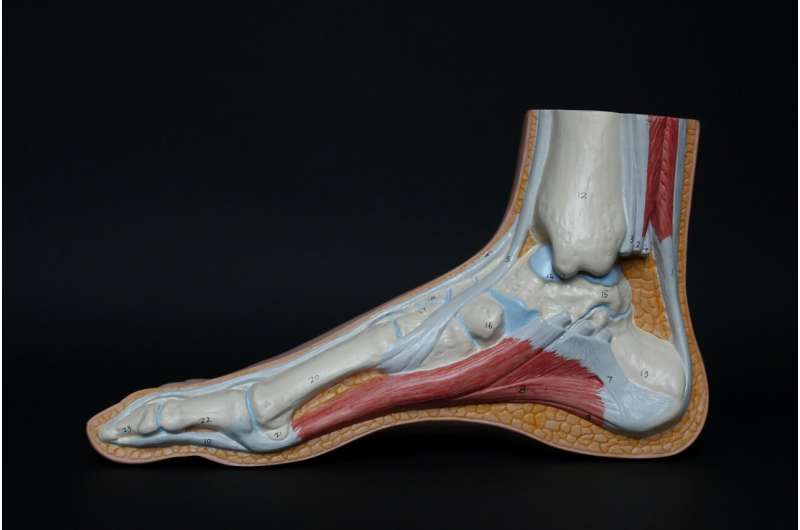New Compound Effectively Inhibits Cutaneous HPV Replication Without Damaging Host Cells

Scientists have discovered a promising new small molecule, NSC51349, that can effectively block the replication of cutaneous HPV types without harming host cells, opening new avenues for targeted skin infection treatments.
Human papillomaviruses (HPVs), especially those infecting the skin, can cause serious health issues ranging from benign lesions to cancers. Current vaccines successfully prevent mucosal HPV infections but are ineffective against cutaneous types, which can lead to skin diseases and contribute to skin cancer risks. Recently, scientists have identified a promising small molecule, NSC51349, that shows potential as an antiviral treatment for cutaneous HPVs. In laboratory studies, this compound effectively inhibits viral replication by targeting key proteins involved in the virus's life cycle, without harming the host cells.
Research led by Alla Piirsoo, Ph.D., from the University of Tartu in Estonia, demonstrated that NSC51349 reduced the viral load of HPV type 5, prevalent in skin infections, and also inhibited other cutaneous HPV types like HPV8 and HPV38, with minimal toxicity. The compound works mainly through mechanisms specific to cutaneous HPVs, making it a candidate for broad-spectrum antiviral therapy against these viruses.
The research team utilized high-throughput screening to test over 1,500 chemicals on HPV 5 and identified NSC51349 as one of the most effective. Further investigations showed that in addition to halting viral replication, the compound disrupted transcription from the viral genome, highlighting its potential as a targeted antiviral agent. Importantly, this approach differs from vaccines, which rely on immune response, making it especially advantageous for individuals with compromised immune systems, such as organ transplant recipients, HIV-positive individuals, and cancer patients under immunosuppressive therapy.
Moving forward, the researchers aim to determine optimal dosing that maximizes antiviral effects while preserving host cell health. They plan to conduct animal testing to assess the efficacy and safety of NSC51349 as a potential antiviral treatment for cutaneous HPV infections. If successful, this could pave the way for new therapeutic options for a broad range of patients affected by cutaneous HPV-related lesions and skin cancers.
This breakthrough underscores the importance of targeted antiviral therapies and could significantly impact the management of skin HPV infections, particularly for vulnerable populations.
Stay Updated with Mia's Feed
Get the latest health & wellness insights delivered straight to your inbox.
Related Articles
Quick Foot Scan Could Prevent Amputation: A Breakthrough in PAD Detection
A new, rapid ultrasound-based method could enable early detection of peripheral artery disease, reducing the risk of foot ulcers and amputations with a simple, under-one-minute scan. Developed from existing ultrasound tech, this approach promises to transform PAD diagnosis and treatment.
Innovative Nerve Stimulation Trial Shows Promising Results for Spinal Cord Injury Recovery
A groundbreaking clinical trial demonstrates that closed-loop vagus nerve stimulation combined with rehabilitation significantly improves arm and hand functions in individuals with spinal cord injuries, showing promising potential for FDA approval and future treatments.
Are Women Urinating More Frequently? Exploring the Complex Factors
This article explores the complexities behind urinary frequency in women, examining anatomy, social habits, hormonal influences, and bladder physiology to dispel myths about bladder size differences.
Link Between Air Pollution and Negative Birth Outcomes in India
A new study links ambient air pollution, especially PM2.5, to adverse birth outcomes in India, underscoring the need for stricter air quality controls and targeted health interventions.



